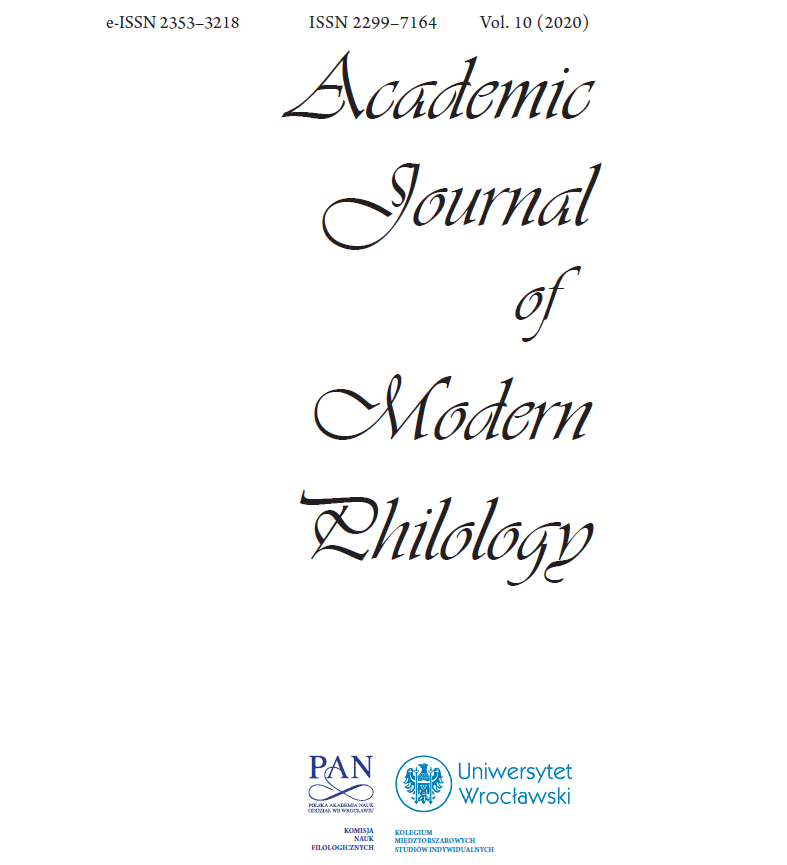Poza strukturą. Metonimia i tradycyjne obrazy w eposach Homera
Beyond the Structure: Metonymy and Traditional Images in Homeric Epics
Author(s): Jędrzej SolińskiSubject(s): Language and Literature Studies, Semantics, Greek Literature, Philology, Theory of Literature
Published by: Komisja Nauk Filologicznych Oddziału Polskiej Akademii Nauk we Wrocławiu
Keywords: Homer; structure; oral epic; metonymy; type-scene
Summary/Abstract: The article discusses the question of traditional images in Greek epic poetry, which are based on metonymy, coexisting with themes and type-scenes and stabilising the epic song. Firstly, I present a sketch of oral theory, originally presented by M. Parry and A. Lord. Secondly, I deal with the question of the type-scenes in Homeric epics and Russian oral epic songs—the middle element of A. Lord’s oral song structure. After that, I move on to cognitive theory and its application to Homeric epics, especially in the matter of cognitive scripts as a basis for the construction of type-scenes. Furthermore, I connect cognitive theory with M. Nagler’s Gestalt, A. N. Sabynin’s DRK-structures and J.M. Foley’s traditional referentiality, which are based on a metonymy. On that basis, I present some examples of traditional images of “house” in the Odyssey, which consist of recurrent elements, such as “megaron,” “bedroom,” “wife,” “children,” etc. The singer evokes the traditional image of the “house” using metonymy. The analysis of examples reveals that these images, regardless of the exact words used by the singer, are stable—just as the type-scenes built on M. Clark’s basic scaffolding
Journal: Academic Journal of Modern Philology
- Issue Year: 2020
- Issue No: 10
- Page Range: 223-235
- Page Count: 13
- Language: Polish

